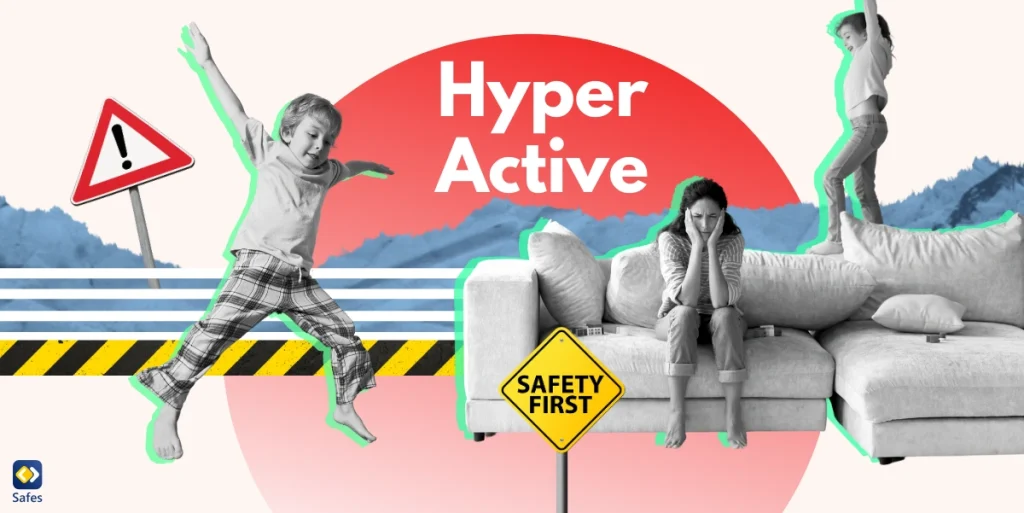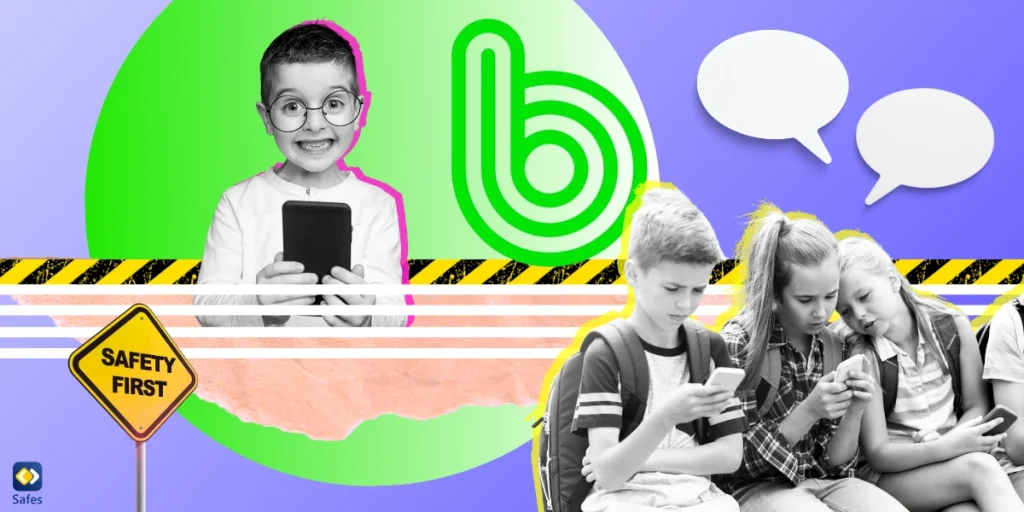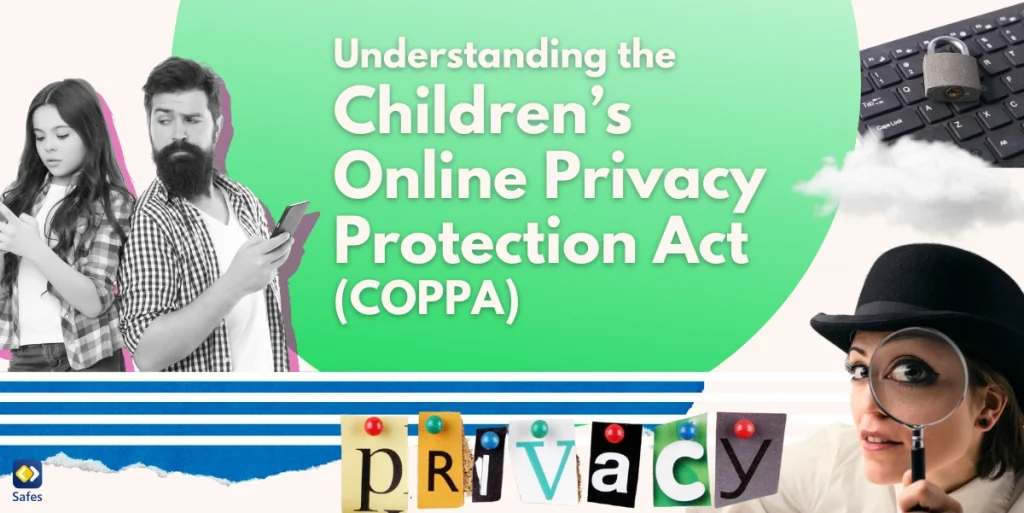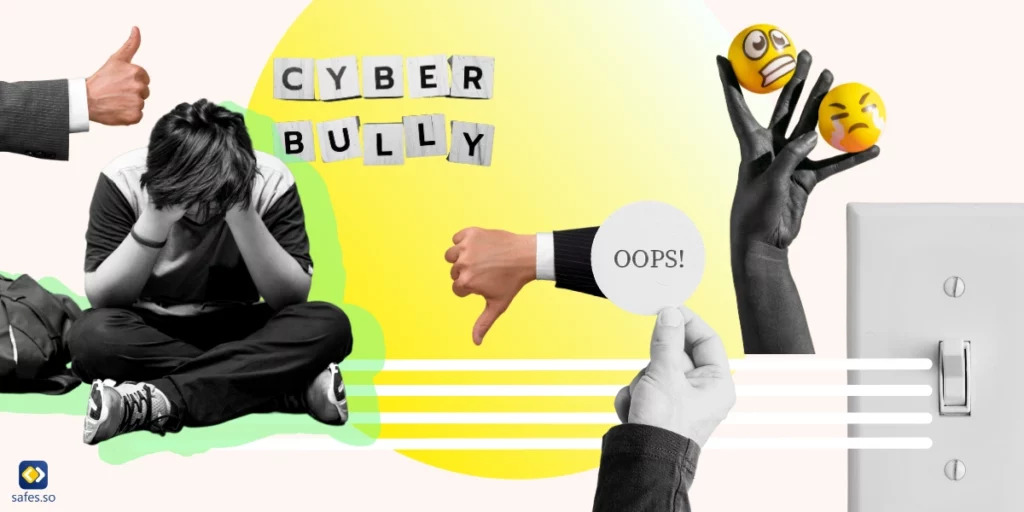When it comes to managing the energy levels of hyper kids, parenting can get tough if you don’t know what to do. If you’re nodding in agreement, you’re not alone. Many parents find themselves grappling with their energetic little ones, wondering how to set a balance between fostering their child’s vitality and maintaining peace at home.
Download and Start Your Free Trial of the Safes Parental Control App
Various factors, such as genetics, brain chemistry, and environmental factors can lead to hyperactivity in children. Fortunately, you can reduce the symptoms using some proven strategies. While treatment for ADHD may not eliminate all symptoms entirely, it can improve a child’s functioning and quality of life. Every child is unique, so you may need to experiment with different techniques to find what works best for your child.
This guide will explore effective strategies and practical tips for parents to learn how to raise hyperactive children. So, grab a cup of tea, take a deep breath, and let’s discover the causes of hyperactivity in children.
What Causes Children to Get Hyperactive?
There are several factors contributing to hyperactivity in kids. Knowing them is crucial for effectively managing their behavior. While the exact cause of hyperactivity is not fully understood, several factors may play a role.
Genetics
Genetics may predispose children to hyperactivity. Children with a family history of attention deficit hyperactivity disorder (ADHD) are more likely to show hyperactive behaviors themselves. Certain genes associated with neurotransmitter regulation and brain development may cause hyperactivity.
Brain Chemistry
Imbalances in brain chemicals, particularly neurotransmitters like dopamine and norepinephrine, have been involved in developing hyperactivity. These neurotransmitters play a key role in regulating attention, impulse control, and movement.
Environmental Factors
Environmental factors such as prenatal exposure to toxins (e.g., alcohol, tobacco) or maternal stress during pregnancy may influence brain development. This will increase the risk of hyperactivity in children. Additionally, early childhood experiences, including exposure to trauma or adverse events, can impact brain function and behavior. Based on a study, Attention Deficit Hyperactivity Disorder in Young Children, published in 2015, the pregnancy process can determine if the newborn baby is at risk of ADHD. Hyper kids might not have more complications during pregnancy or lower birth weights as a whole. That said, those who were born prematurely or had very low birth weights are more likely to develop hyperactivity later on.
Neurological Differences
Structural and functional differences in the brain, particularly in regions involved in attention, impulse control, and motor coordination, may result in hyperactive behavior. Studies using neuroimaging techniques have identified differences in the size and activity of certain brain regions in children with ADHD.
It’s important to note that hyperactivity is a complex condition with multiple contributing factors. Also, individual differences exist among children. Identifying the specific factors for a child’s hyperactive behavior can help children deal with this disorder and address their unique needs.
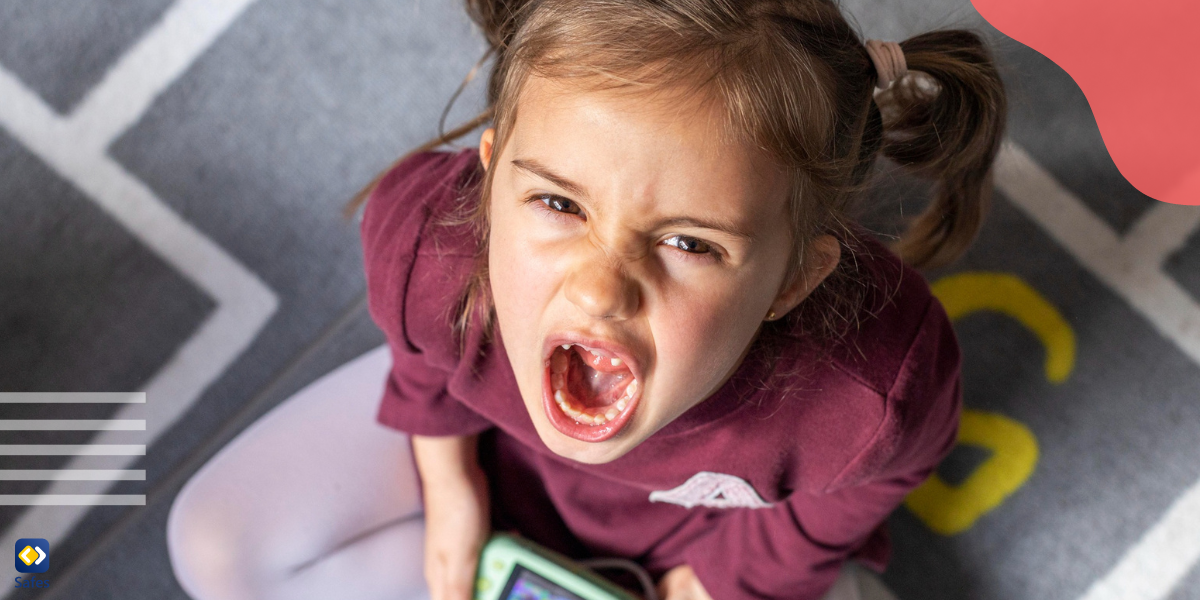
Is There a Treatment for Children with ADHD?
Managing ADHD in a hyperactive toddler is all about a combination of behavioral therapies, lifestyle modifications, and, in some cases, medication. While there is no cure for ADHD, some treatments can alleviate symptoms, improve functioning, and enhance the overall quality of life for affected children. Here are the primary treatment options.
Behavioral Therapy
Behavioral therapy techniques, such as behavior modification and parent training, are often recommended as first-line treatments for ADHD. These therapies focus on teaching children skills to manage their behavior and improve attention and impulse control. They also help them develop coping strategies for challenging situations. Behavioral therapy may also involve working with parents and teachers to create a supportive environment. For example, parents who are seeking a way how to stop ADHD child swearing can use these practical strategies and overcome the challenge.
Medication
This method is commonly used to help manage the symptoms of ADHD, particularly when behavioral treatments alone are insufficient. Stimulant medications, such as methylphenidate (e.g., Ritalin) and amphetamine-based medications (e.g., Adderall), are the most commonly recommended for ADHD. These medications work by increasing levels of neurotransmitters like dopamine and norepinephrine in the brain. This way, they help to improve attention and focus.
Education and Support
There are two essential components for treating hyperactive children: Education about ADHD and ongoing support for both children and their families. When children are familiar with the nature of ADHD, its impact on daily functioning, and available coping strategies, they can manage their symptoms more effectively.
Attention Restoration Theory
The Attention Restoration Theory (aka ART) recommends spending time in nature for those dealing with hyperactivity. Based on this theory, natural environments can help improve attention, as well as reduce symptoms of ADHD. This method is only helpful if your child’s ADHD symptoms aren’t severe or you’ve implemented other treatments.
Lifestyle Modifications
While adopting healthy lifestyle habits is not practical enough to deal with a hyper child, it can complement other treatment strategies. Some activities, such as:
- Regular exercise
- Increasing mindfulness in children
- Adequate sleep
- A balanced diet rich in nutrients
- And minimizing exposure to environmental stressors
can all contribute to improved overall well-being and symptom management in hyper children.
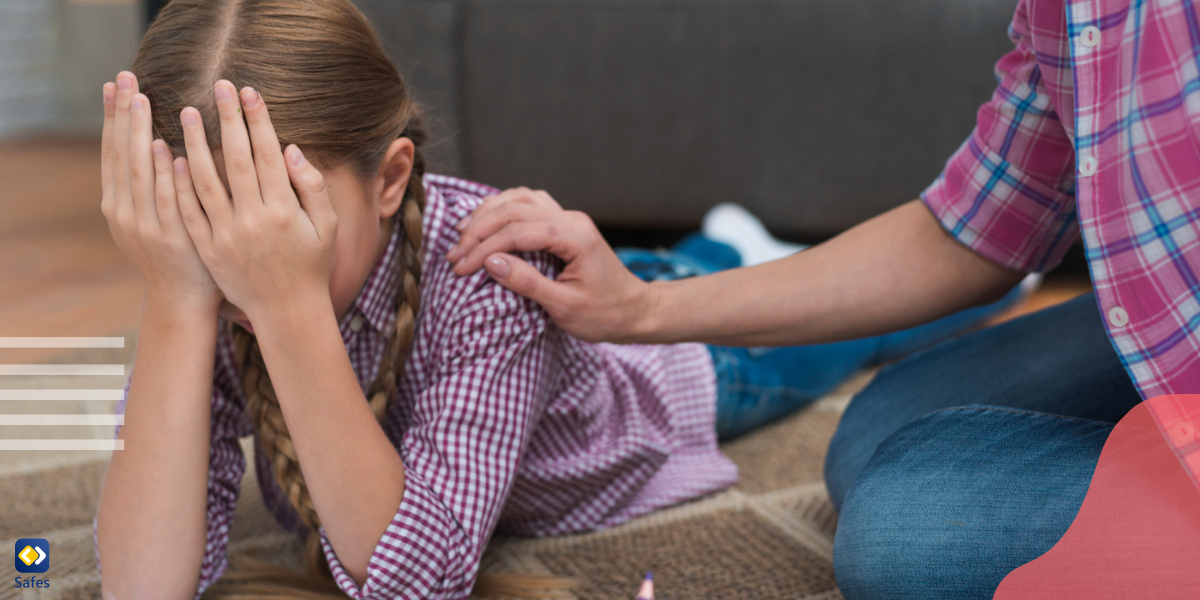
How to Calm a Hyperactive Child Immediately?
With all the causes and treatments mentioned earlier, this question still remains: How to calm down a child with ADHD right away? Here are some strategies you can try to help soothe your child’s hyperactivity and restore a sense of calm:
- Create a quiet, safe space where your child can retreat when they feel overwhelmed or overstimulated. This could be a cozy corner with soft pillows and blankets or a designated area with calming sensory toys.
- Encourage your child to practice deep breathing exercises to help regulate their emotions and calm their body. Teach them to take slow, deep breaths in through their nose and exhale slowly through their mouth.
- Sensory tools such as stress balls, fidget spinners, or textured objects can help redirect your child’s energy. Experiment with different sensory activities to see what works best for your child.
- Channel your child’s excess energy into physical activities that promote relaxation and stress relief. Going for a walk, jumping on a trampoline, or dancing to music can help release pent-up energy and promote feelings of calmness.
- Mindfulness practices can help them become more aware of their thoughts and feelings at the moment.
- Sometimes, all a hyperactive child needs is comfort and reassurance from a caring adult. Offer hugs, cuddles, or words of encouragement to let them know that you’re there for them.
- Reduce the amount of sensory input in your child’s environment immediately. It could be dimming lights, lowering noise levels, or removing distracting stimuli.
Final Word
With patience, understanding, and the right strategies, you can conquer the challenge and learn how to deal with hyperactive child at home. Techniques such as establishing routines, practicing mindfulness, and providing sensory outlets, can help your child manage their hyperactivity and gain a sense of calmness.
Remember, there’s no one-size-fits-all approach to parenting, and it may take time to find the strategies that work best for your child. Be patient with yourself and your child and don’t hesitate to seek support from healthcare professionals.
We understand the importance of supporting parents in raising happy, healthy children. That’s why we’re excited to introduce Safes, our parental control app designed to help you manage your child’s screen time. But that’s not all! With Safes, you can track your kid’s online activity, monitor app usage, and create a safe digital environment for your family. You’ll have a whole other experience from what you could use in iPhone parental controls or other devices. You can download Safes for Android and iOS, as well as using our free trial to check the app’s functionality.
Your Child’s Online Safety Starts Here
Every parent today needs a solution to manage screen time and keep their child safe online.
Without the right tools, digital risks and excessive screen time can impact children's well-being. Safes helps parents set healthy boundaries, monitor activity, and protect kids from online dangers—all with an easy-to-use app.
Take control of your child’s digital world. Learn more about Safes or download the app to start your free trial today!
